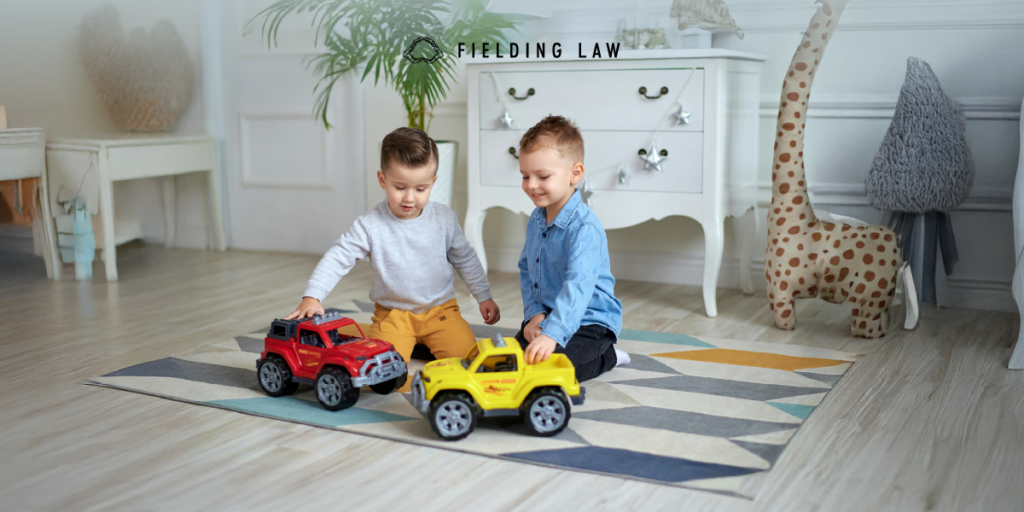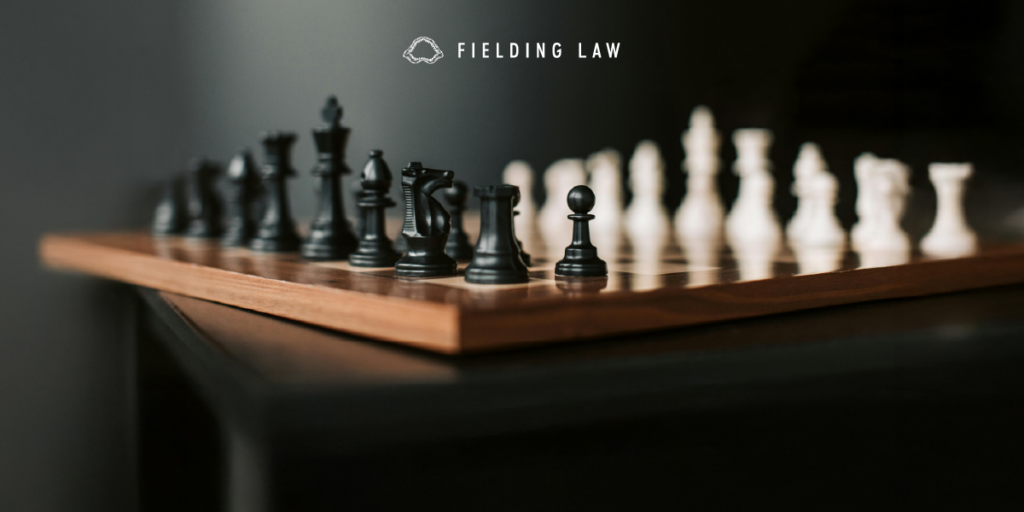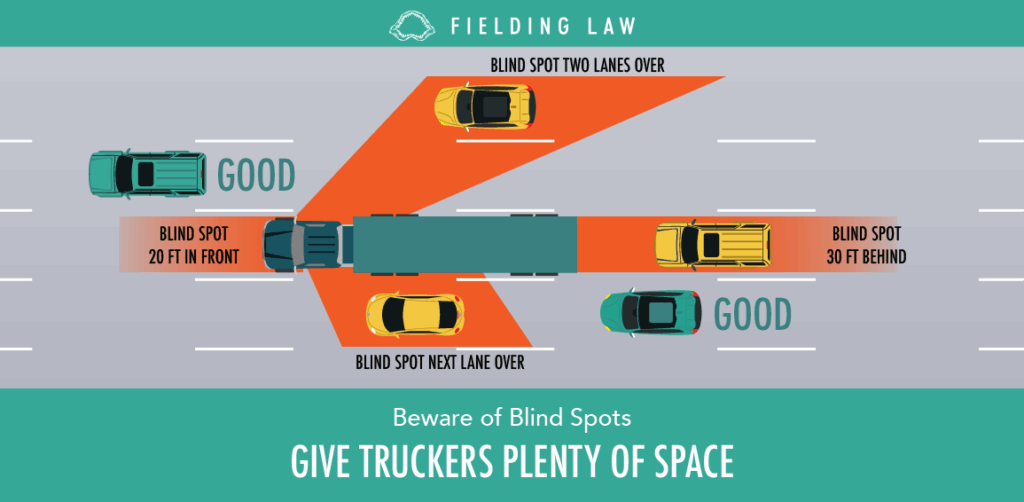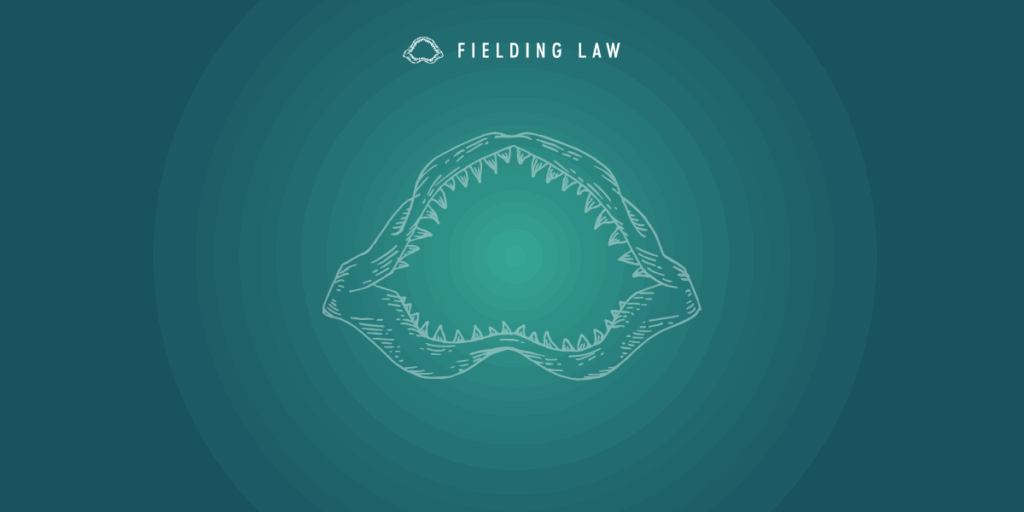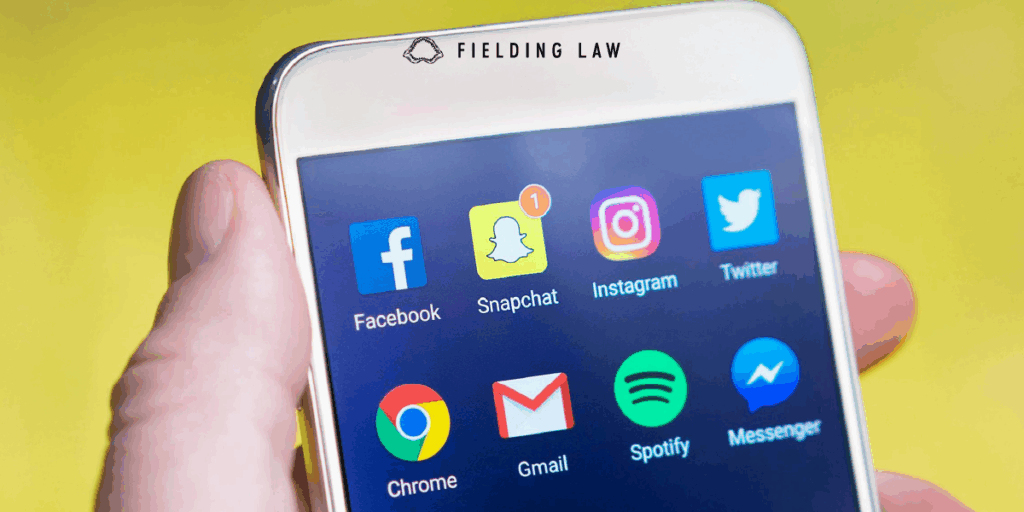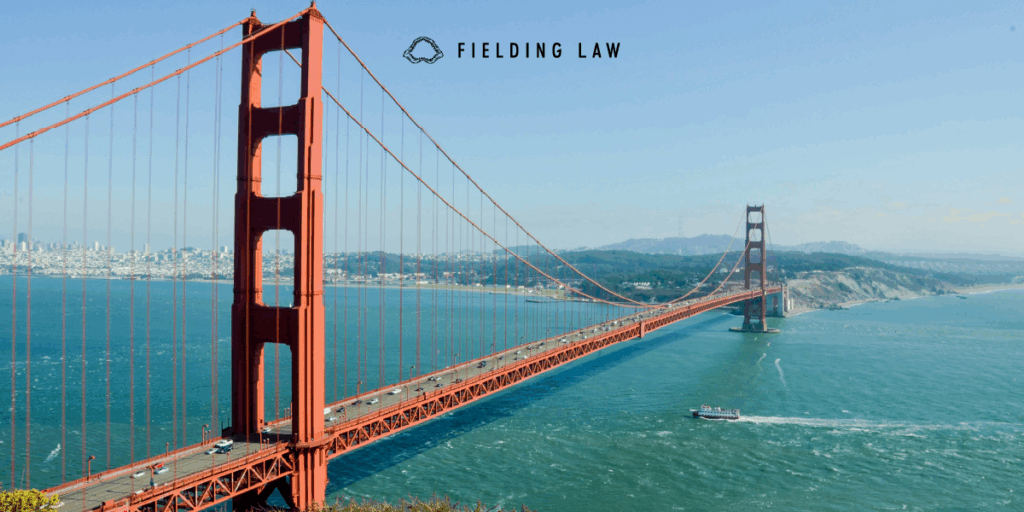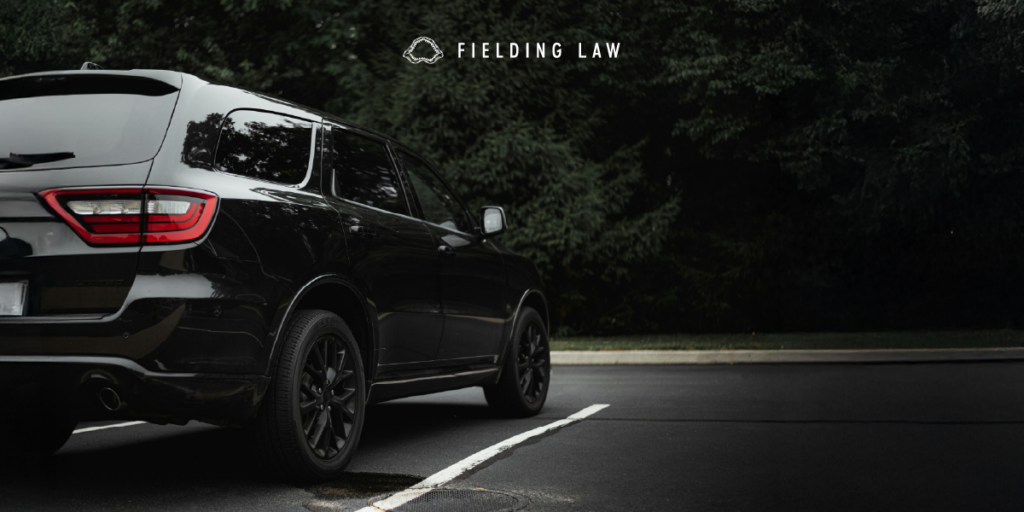
How Dark Tint Becomes Dangerous
In California, window tint that is too dark is more than just a vehicle code violation. It can be a direct cause of serious traffic accidents. Overly tinted windows reduce a driver’s ability to see their surroundings, especially at night or in poor weather. They can also make it harder for pedestrians, cyclists, and other drivers to see who is behind the wheel.
If you were injured in a crash and believe window tint played a role, you may be entitled to compensation. At Fielding Law, we help Californians hold negligent drivers accountable for the harm they cause.
Common Ways Dark Tint Causes Accidents
Dark tint interferes with visibility in key driving situations. This can include:
-
Not seeing a pedestrian in a crosswalk
-
Failing to notice a motorcyclist or cyclist approaching from the side
-
Poor visibility while reversing or changing lanes
-
Reduced eye contact at intersections, which helps determine right of way
-
Delayed reaction times due to poor visibility at night
In these situations, even a small delay or blind spot can lead to a major injury.
California’s Window Tint Laws
California Vehicle Code § 26708 regulates how much tint is allowed on a vehicle’s windows. These rules are in place to balance sun protection with safety.
-
Front side windows must allow more than 70% of visible light to pass through
-
Windshields may only have non-reflective tint on the top 4 inches
-
Rear side and rear windows may be tinted if the vehicle has dual side mirrors
-
No tint on any window may be reflective or mirrored
When a driver ignores these rules, it can be seen as negligence, especially if the tint contributed to a crash.
Legal Options After a Tint-Related Crash
If you are injured in a car accident and the other driver had illegal window tint, that violation may be key evidence in your claim. In California, proving that a driver broke the law can help establish fault.
Examples of when dark tint may support your case include:
-
A driver failed to yield because they did not see you
-
A driver swerved into your lane due to limited side visibility
-
A driver hit you while reversing or turning and admitted they could not see
In each of these examples, the illegal tint could be considered a contributing factor.
How Fielding Law Can Help
At Fielding Law, we look at every detail that could support your case. When investigating an accident involving dark tint, we may:
-
Review traffic and police reports for citations
-
Obtain photographs or footage of the vehicle’s windows
-
Consult visibility experts or accident reconstruction specialists
-
Interview witnesses who observed the crash or vehicle condition
We build a strong case based on facts, law, and expert insight.
Why Hire Fielding Law
Choosing the right attorney matters, especially when proving that someone else’s decisions caused your injury. At Fielding Law, we combine professionalism, kindness, and real courtroom experience to fight for your future. If dark tint contributed to your accident, we are ready to help you seek justice and recovery.
Call 833.88.SHARK or contact Fielding Law for a free consultation today.
Note: Information provided is for educational purposes and does not constitute legal advice. Always consult with a qualified attorney for legal concerns.
